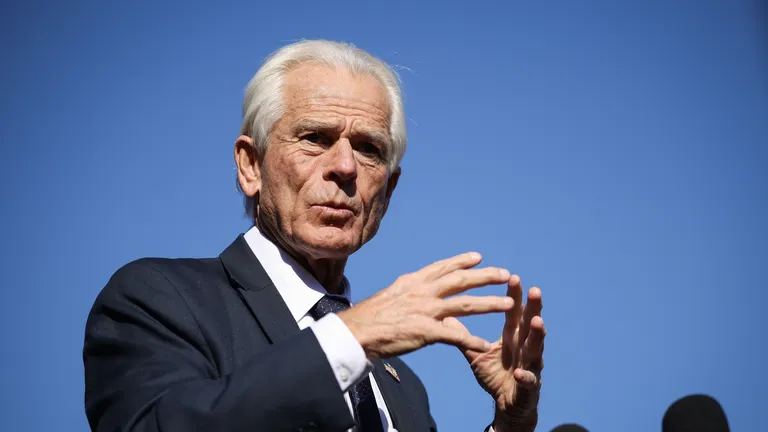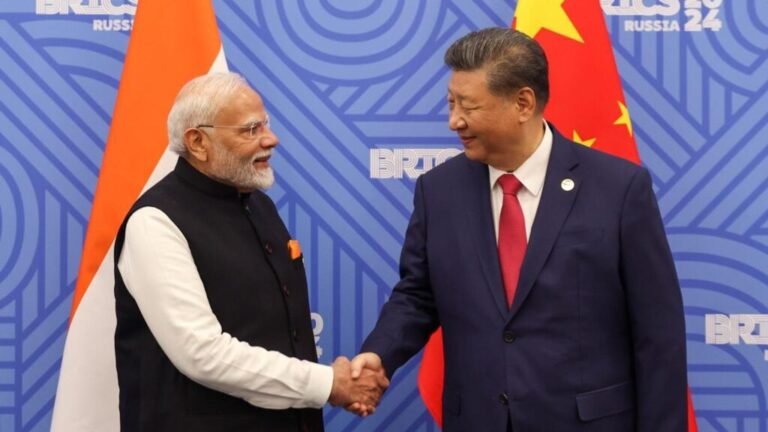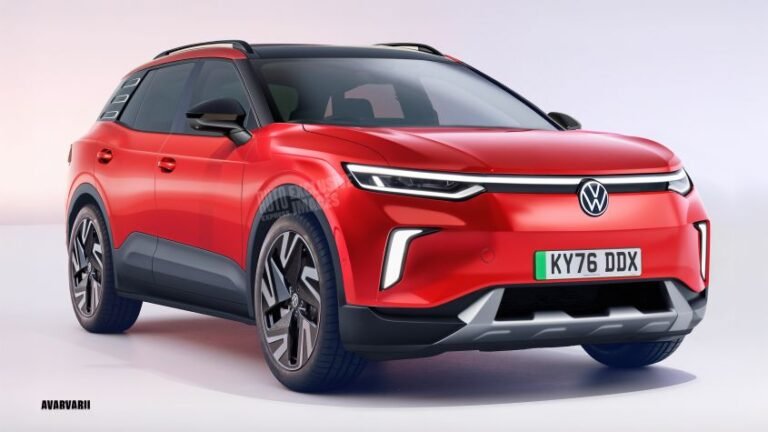
Immigration has always been a hot topic across the world, shifting in focus depending on location and time and often aligning with political agendas. Recently, this has been observed in the United States under Donald Trump, where immigration has become the central pillar of his presidential election campaign. One of the main targets of debate is the H1-B Visa, which has been shaping the American labour market and, more importantly, inflows of global talent for decades.

What is H1-B Visa?
The H1-B Visa is a gateway for skilled professionals from around the world to enter the American market, as it allows US employers to employ workers in jobs which demand technical or professional expertise in fields like finance, engineering, and IT. The demand is so high that the slots are always filled rapidly.
For U.S firms, especially in tech, the H1-B Visa fills a gap in the workforce, which is short on engineers, coders, consultants, etc. For foreign professionals from countries like India, it brings an opportunity to access better wages and long-term career prospects, as it has always been a win-win situation for both parties. Employers get skilled workers, and workers from countries like India get better opportunities in foreign firms.
Changes brought under Trump’s Presidency
Now, the Trump administration wants to flip the system. As of now, H1-B Visas are given through a USCIS lottery system where petitions are selected randomly to process for H1-B Visas. The lottery process adds an element of chance to the visa application, making it crucial to understand the key dates and timeline of the petition. With the coming of Trump’s proposal, it prioritises the offers with higher salaries to be picked first. Along with that, the definition of ‘‘speciality occasion’’ has also become more rigid, and there has been an increase in compliance checks along with strict rules for third-party contracts. Here, it can be concluded that Trump wants to encourage or reward high-paying firms.
The rationale sounds simple here: to protect American workers. By rewarding higher salaries, the administration argues, the system ensures that only the “best and brightest” come in, not cheaper labour undercutting locals. The wage-based model is also pitched as a way to curb misuse by outsourcing companies that bring in bulk junior employees.

But critics point out flaws. Not every valuable worker earns a high salary at the start. Many fresh graduates or researchers are offered modest pay initially but deliver big contributions later. By equating salary with skill, the system risks shutting out exactly the kind of dynamic young talent that has powered U.S. innovation in the past.
Shortcomings of this change
Indians dominate the H-1B Visa by a large margin, with more than 70% of beneficiaries in recent years. This is no accident. India produces a massive pool of engineers, and IT firms, particularly outsourcing giants, have built business models around sending talent to the U.S.
This dominance, however, means Indian professionals would feel the brunt of Trump’s wage-first system. Large outsourcing firms that depend on moving young programmers at relatively lower salaries would lose out. U.S. firms that rely on these workers could see higher costs and slower project delivery. The ripple effects won’t just be economic but could strain U.S.-India talent and technology ties.
The wage-first approach tilts the playing field heavily towards senior professionals with higher pay packages. That might look efficient on paper, but it sidelines fresh graduates, early-career researchers, and even start-up hires.
This narrows diversity in two ways. Socioeconomically, it makes it harder for bright but less privileged candidates who accept lower salaries to break in. Demographically, it reduces representation from a wider pool of universities and regions. A system that only rewards “who can pay more” risks locking out talent that brings new ideas and long-term growth potential.
As of mid-2025, the Department of Homeland Security has already submitted a rule to implement wage-based selection. It’s still under review, and legal challenges are likely. Businesses, universities, and immigrant advocacy groups are expected to push back, pointing out the risks to innovation and competitiveness.
In the short term, companies may try to adjust by raising salary offers, lobbying for carve-outs, or shifting work offshore. Universities will likely fight for exemptions for researchers and advanced-degree holders. Looking ahead, the most probable outcome could be a hybrid system — wage-based priority with exceptions for higher education and research — to avoid crippling America’s innovation ecosystem.

Conclusion
The H-1B visa debate shows how immigration has moved from being an economic tool to a political symbol. Trump’s wage-first plan fits neatly into his campaign’s “America First” rhetoric. But it raises big questions: will the U.S. really benefit from sidelining young, diverse talent in favour of only the highest-paid? Or will it end up hurting the very innovation it seeks to protect?
The future of the H-1B will be shaped not just by politics but also by how employers, universities, and foreign governments respond. What’s certain is that this debate goes beyond visas — it’s about the balance between protecting domestic jobs and keeping America open to global talent.
Written by- Shweta
The post Who Wins and Who Loses in Trump’s H-1B Shake-Up? appeared first on The Economic Transcript.






